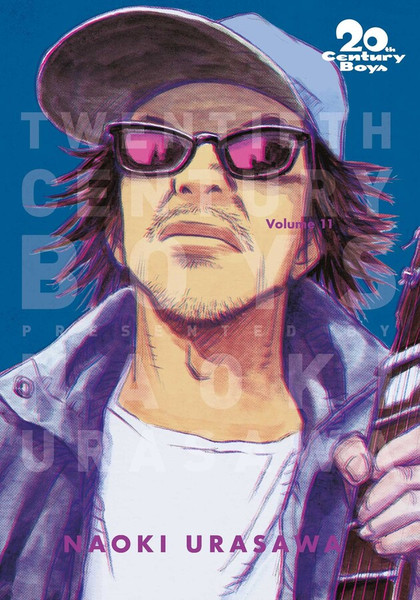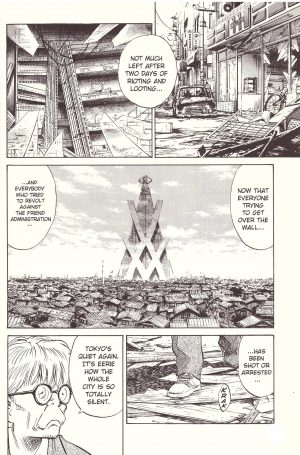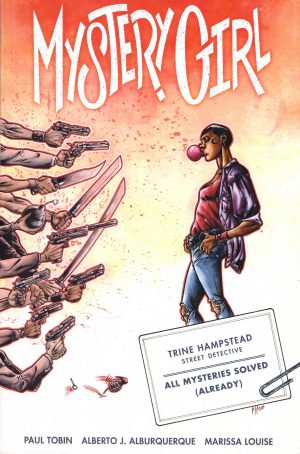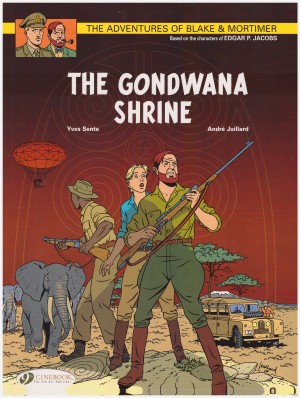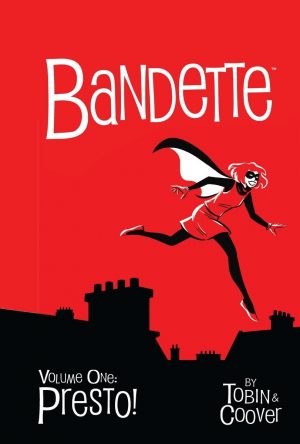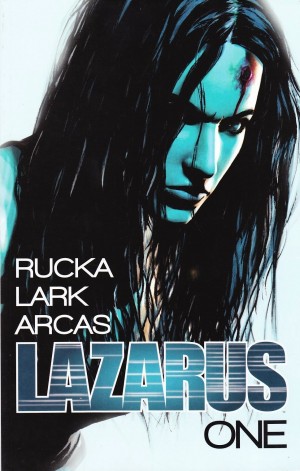Review by Ian Keogh
A storytelling method frequently employed by Naoki Urasawa is to completely switch the focus to other characters after dropping a bombshell. Yes, it’s initially frustrating, but his dramas are so compulsive that within pages the new scene has the pages turning equally quickly. Perfect Edition 10 concluded with a blockbuster breakthrough about which we want to know more, yet this volume opens with the outback DJ playing a song in the wilderness. Who he is supplies a surprise, but a bigger surprise awaits when he has a visitor.
Those are the first two of many bombshells dropped in what’s another great dramatic outing, the biggest occurring halfway through when Friend broadcasts to the world. Urasawa has built a massive cast, and before then it seems he’s determined to look in on all of them, chapter by chapter. Some we’re seeing for the first time in the new era introduced in Perfect Edition 8, and Urasawa’s artistic skill is again apparent in creating older versions of people seen in earlier volumes, completely recognisable as such. His artistic methods of defining a personality are a background skill, but without it 20th Century Boys wouldn’t be nearly as strong.
A slight dip occurs as Urasawa fixates on a childhood incident dissected from different viewpoints as several people attempt to remember something specific. The interpretation is integral to the overall story, and it includes an upbeat message about capabilities, but it’s still a rare case of Urasawa dragging a scene on too long.
Urasawa opens the second half with the reaction of our leading characters, and Tokyo in general before shifting into one of his prevailing themes: the power of music, and by extension art, to inspire. It cleverly taps into a number of cultural myths, such as the party at the end of the world, the greatest show on Earth, and more obliquely, duck and cover. Running parallel to that are the desperate attempts of our main cast, gradually coming ever closer together, to counter Friend’s appalling plans. Something so impressive, above and beyond the usual levels, is how Urasawa still manages to drop back in on folk seen earlier in 20th Century Boys and conclude their stories. Who’d have thought, for instance, that we’d see the two kids from Cross-Counter again, or the Tokyo police chief. Seeing him again is a reminder of how few leading characters have actually died over the course of the series, and there’s a cracking revelation about one who did.
A well cultivated sense of time running out is applied to the narrative, as assorted parties desperately attempt to save Tokyo from Friend’s grim final plan. There’s a very strange ending, one that requires explanation, but that doesn’t occur here. This content was previously published in slimmer volumes as 20th Century Boys vols 21 and 22. For reasons not very clear, instead of concluding his story in two final volumes of 20th Century Boys, Urasawa instead issued two volumes titled 21st Century Boys. These are combined as the 21st Century Boys Perfect Edition, and bring the epic saga to a close.
